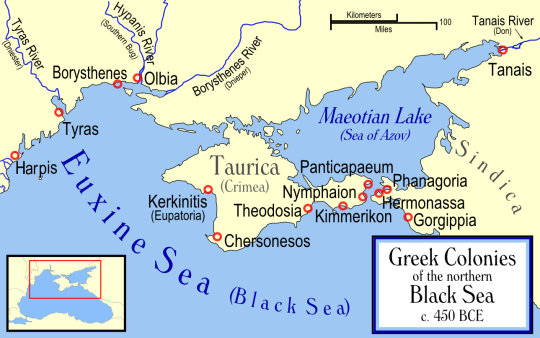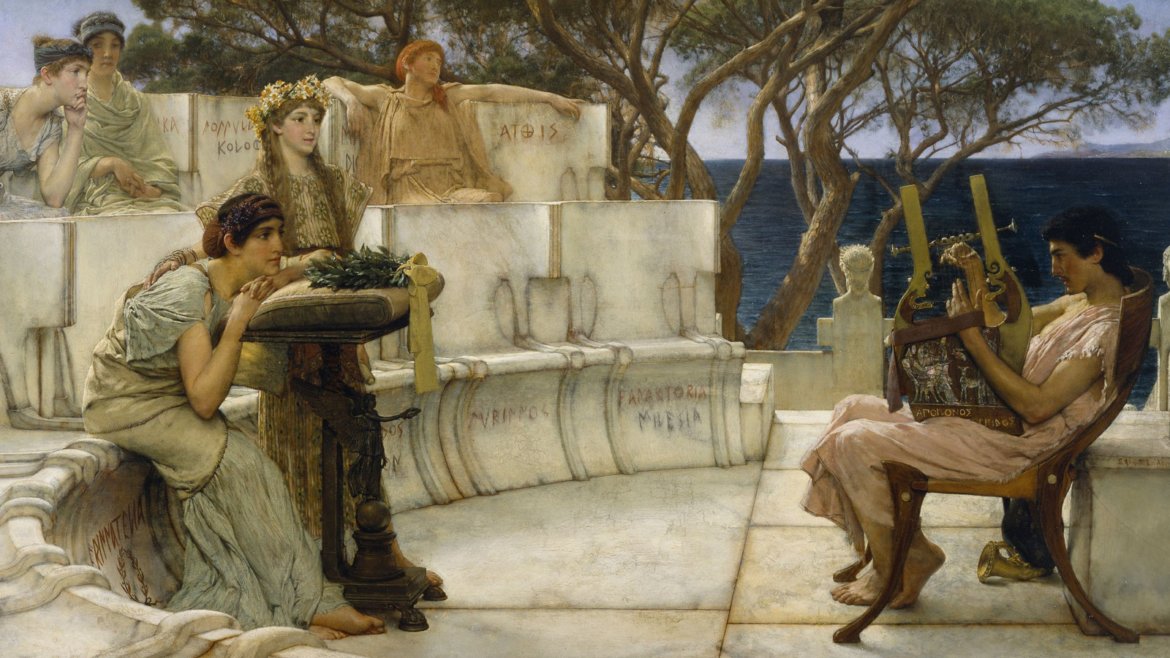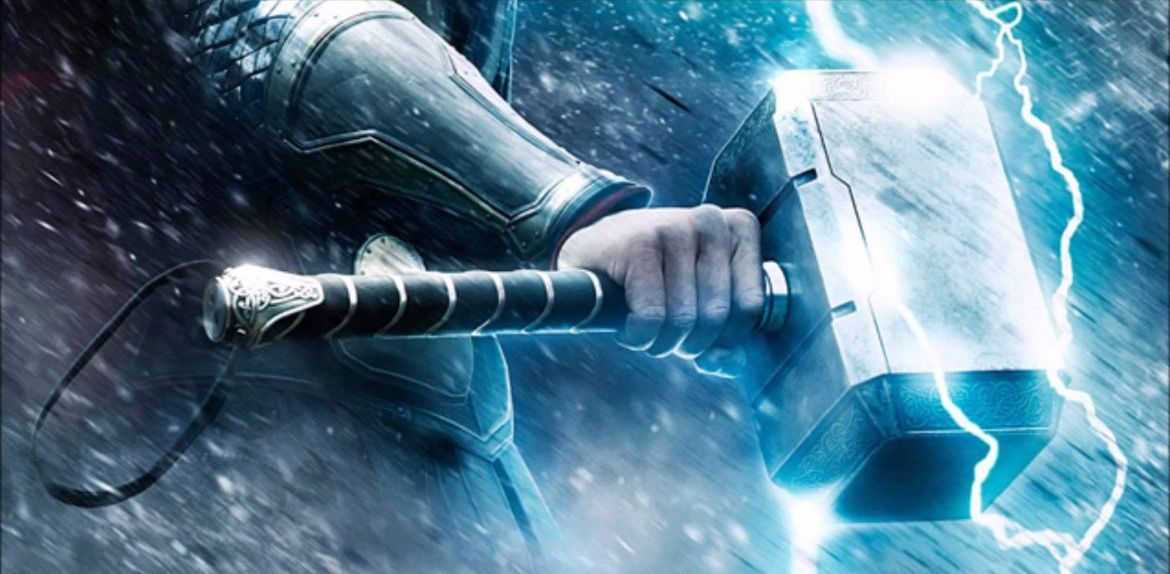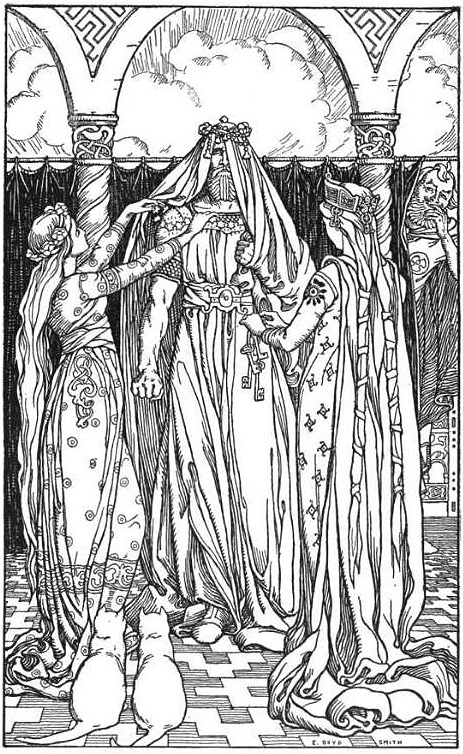(The other day being April 2, 2014. This post is ported in from Tumblr — I’m in the process of moving some longer posts from there to here, where they belong.)
The passage below, when I ran across it last week, initially caused my mouth to drop open in sheer disbelief. And since then the thought that it is even now wandering blithely about unchallenged has been sort of gnawing at me. So some ranting is about to ensue. If you’re not in the mood for that, best turn your eyes away now and look at some nice pics of kittens drinking beer or something.
…I can’t now even remember what brought me to this particular page, and I want to emphasize that this isn’t in any way about the OP, who doubtless thought the source (or at least the quote) was reliable.
However…
…it’s not. And since this (as some around here like to say) is relevant to my interests, I just want to drop a few notes about this one quote, and leave further considerations to those who feel like going into them.
So here’s the material that got up my nose.
Greek myths mention several Islands of Women, where Amazons lived without men, only consorting with neighboring colonies of males at certain seasons when they wanted to conceive their children. Taurus, Lemnos, and Lesbos were said to be such all-female societies. The Greeks apparently feared them. They said the women of Taurus sacrificed to their Goddess all men who landed on their shores; and the women of Lemnos had risen up against their husbands and murdered all of them at once. The Greek writers seemed to have no doubt that women could destroy whole populations of adult males, and there was no effective defense against them.
The Woman’s Encyclopedia of Myths and Secrets, Barbara G. Walker (p. 26)
(rolls up her sleeves) It’s hard to even know where to begin shredding this like wet kleenex analyzing this…
In order, I guess:
“Greek myths mention several islands of Women, where Amazons lived without men…”
Okay. Even though the Amazons were specifically known1 for living on the Anatolian coast of what is now Turkey — this being the location of their main city, Thermyskira or Themyskira, depending on whose orthography / spelling you prefer: Wonder Woman fans will of course recognize the name — well, who knows? Maybe the Amazons had some all-female island colonies as well. (They are reported by a historian or two as having founded Paphos, but that city [on the island of Cyprus] was co-ed, and all the other colonies mentioned in connection with Amazons were in mainland Turkey.) So let’s run with that possibility for the moment.
“…only consorting with neighboring colonies of males at certain seasons when they wanted to conceive their children. Taurus, Lemnos, and Lesbos were said to be such all-female societies.”
…WHOOPSIE!
Let’s look at the islands in question.
Taurus / Tauros: Or as the more recent ancients came to call it, Taurica. Only an island by courtesy. It’s a peninsula (though one sort of hanging by a thread): in fact, the southernmost peninsula of the Crimean region, which has been somewhat in the news of late. Nonetheless, whether it’s an island or a peninsula, that didn’t stop the near-classical-era ancient (male) Greeks from planting trading towns all over it.

Lemnos:
A genuine island, maybe two thirds of the way between mainland Greece and Turkey. Myrina is its main town.
Right there southeast of Lemnos, off the present-day Turkish coast. Mitylene / Mitilini is the major city.
…These places’ mythological associations are no less valid just because they’re real than are those of places like Circe’s island of Aeaea or the Isles of the Blest. But because these places do exist, that means we’re kind of forced to apply physical laws and common sense to them.
Two out of three of these places, with good weather and the right wind, are within two to four days’ sail (if not less) of the home harbors of some of the greatest sailors of antiquity. The third one is a slightly longer trip, maybe a week to ten days of coasting depending on the weather. But even if we knew nothing else about these places, their generally exposed nature and their propinquity to a significant group of the time’s major interlocking patriarchal cultures force us to set the odds very, very low against any of these places being woman-only islands… whether the women are Amazons or not.
And as it happens, we know a lot more about all of them. We can handle that issue one island at a time as we move through the quotation.
But first a warning about something specific: the phrase “were said to be…”. Anyone who’s spent enough time on the Discovery Channel to find themselves watching some of the dodgier documentaries — the ones where the bar for telling where you got your facts is set fairly low — will recognize this phrase and its friends “It is said that…”, “Legend has it…”, “Some say…”. This formulation is a sign of someone who either can’t be bothered to provide you with a solid citation or doesn’t have one and just wants to get on with selling you their own merchandise without being bothered too much about the sordid details (i.e., “verifiable data”). Any use of these phrases, especially in a scholarly work, should make the reader slow down and look carefully at the details.
So, island by island:
[The Greeks] said the women of Taurus sacrificed to their Goddess all men who landed on their shores…
Bzzt! Sorry, wrong answer. No women of Tauris. In fact, no women. Just one.
The writer is here referring to the myth that is the source for Euripides’ play Iphigenia in Tauris, in which Agamemnon’s daughter, theoretically sacrificed by the King for good winds on the way to the war in Troy, is instead actually caught away in the act by Artemis (who as protector of maidenhood and young innocence wants no such crap done in her name, thank you very much). Artemis proceeds to dump a deer with its throat cut onto the ground by the altar as a substitute sacrifice, and then deposits the doubtless very confused maiden in Tauris to be priestess of her temple there.2 Iphigenia is understandably shocked and horrified to find that her duty as priestess is to sacrifice to the Goddess all strangers3 who come to Tauris. Not just the men: all woman strangers too, should any turn up.
And there are definitely men living in Tauris, before, during and after the unfortunate princess’s arrival. When Iphigenia’s brother Orestes and his best friend show up to rescue her, the messenger who brings the news that she’s going to have to sacrifice these strangers is male. Additionally, Iphigenia at one point, doubting whether Artemis is actually behind this barbarous rule at all, says to herself, “Would a Goddess command such things? Would she take pleasure in sacrificial murder? I do not believe it. …It is the men of this land who are bloodthirsty and they lay their own guilt on the Gods.”4 And finally there’s the King of the Taurians, whom Iphigenia refuses to be allowed to be killed as part of her rescue because “he was kind to her”. You would think all-female cultures who only send out for guys when they want to have babies would generally be kind of short on kings. Also: you will look in vain for any evidence of the women of Tauris being Amazons.
…So we have a bit of misrepresentation here about the population of the island, and about who they were killing, and (granted, the motives being unclear by the principals’ own admission, but we’re plainly meant to think it was a let’s-all-us-women-kill-all-the-men thing) about why. …Well, maybe the writer got confused, or it was an error: these things do creep in. Let’s move on.
…[the Greeks said] the women of Lemnos had risen up against their husbands and murdered all of them at once.
In myth, this did happen once. But it was (a) “a long time ago”, and (b) extremely situational and something that the participants seemed willing, if not glad, to get over and done with.
The tl;dr version of this story comes in a number of versions spread across five or six centuries. Basically it breaks down like this:
- Women of Lemnos fail to perform proper rites honoring Aphrodite for (apparently) several years. No one seems to know why.
- Aphrodite gets pissed off at the women and “afflicts them with a foul odor” which causes their husbands to avoid them and instead run over to Thrace and raid the place for female sex slaves. These they bring home and screw instead of their wives.
- The Lemnian women, very very annoyed by this turn of events, all kill their husbands (some writers say their fathers, too). The only woman in on the plot who fails to do likewise is the Lemnian princess, Hypsipyle, who manages to smuggle her father the King offshore before the mass murder goes down, and then becomes Queen of an all-female island.
- Jason and the Argonauts arrive. They apparently have no problem with any foul odors and during a visit of at least several months quickly bed down with various Lemnian women (this turn of events being from all available data quite consensual). Numerous children are conceived. Most if not all of these children are boys, as they’re given Argonauts’ names when they’re born. Regardless of their maleness, they are not killed or sent away.
- Jason himself hooks up with Hypsipyle during this period, and she later bears twin boys as a result, one of whom when grown becomes King of Lemnos and turns up in the Iliad. (There are ancient writers who claim that this was the cause of the odor problem: Medea, they say, inflicted it on the Lemnian women in revenge on Hypsipyle for Jason’s infidelity. In any case, you wonder what the heck he was thinking; you’d think he’d have worked out by then that you seriously did not screw around with / on Medea. But it’s also true that evidence suggests Jason was not exactly the sharpest knife in the block.)
Anyway, the ancient writers go out of their way to make it plain that this long-ago event, distant even in mythological terms, had been a temporary situation (cf. Pseudo-Apollodorus, Bibliotheca 1. 114: “Lemnos happened to have no males at the time [when the Argonauts visited the island]”) and had nothing to do with the way things normally went on Lemnos.
So… a wee bit more of the truth being bent, there? Or not being completely told, in order to buttress a point the writer’s trying to make? Also: these women are not Amazons, either. Somewhere along the line, with all this other stuff going on, someone surely would have mentioned.
Anyway. Last of all comes Lesbos, “said to be…” one of three “all-female societies.”
Well, not in any myth I can find a record of. And, historically, never. Certainly the mother-goddess Cybele was worshipped there in deep antiquity, to judge by the pottery, but there is no sign of the island ever having been an all-female reserve. As one can judge from the Lemnian situation, when such things existed or occurred, notice was taken in the literature.
Sappho in particular would probably have been amused to hear about this allegation. She lived in the island’s main town of Mitylene for most of her life, as far as we can tell, and had two (maybe three) adult brothers who to present best knowledge show no signs of having been murdered or exiled for their maleness. Yes, she sponsored a thiasos where the possibility or benefits of an all-female society were discussed with the participants. But Lesbos was co-ed — cf. famous male Lesbians5 like Alcaeus, Phaenias and Terpander. (And still no sign of Amazons.)
(sigh) So.
The multiple errors in the paragraph above could have a number of causes: (a) A confused writer. (b) A lazy writer. (c) A writer who’s pushing a specific thesis or agenda and doesn’t mind the reader being accidentally misled into it. I am not a mindreader and can’t be certain of which of the above might be accurate. But the impression I’m left with is that of someone trying to bend a complex set of facts to her own purposes.
Now, in fiction, as fiction, that kind of thing has its place. But in what purports to be a genuine history of the suppression of truths about female roles in religion, mysticism and spiritual life in the ancient world? Engaging in jiggery-pokery with the facts as they are known is not a good thing, no matter how good one considers one’s own intentions to be. One does not combat lies or suppressions of the truth with misrepresentations and other truths themselves bent out of shape.
All I can say further about Walker’s book (as I don’t have it and have never read it in detail) is that I have dipped into numerous quotes from it here and found a significant number of them to be at best kind of factually suspect and at worst as potentially error-ridden and misleading as the single paragraph discussed above.
I’m not saying that the book will not have been useful in forming (or opening up) potential feminist thought in many ways for its readers as regards the ancient world and what has happened to the Goddesses of old, and as regards women’s interior/mystical/mythological lives and how they may be enhanced and enriched by thoughtful reclamation of the lost, strayed or stolen. But I do want to suggest that content in this book should be taken with a grain of salt, and checked before internalizing. Because if the above is broadly representative… then it needs checking.
…That’s all.
1Appolonius Rhodius, Argonautica 2. 370 ff (trans. Seaton): “[regarding the Black Sea coast of Anatolia :] Onward from thence the bend of a huge and towering cape reaches out from the land, next Thermodon at its mouth flows into a quiet bay at the Themiskyreian headland, after wandering through a broad continent. And here is the plain of Doias, and near are the three cities of the Amazones, and after them the Khalybes…” Plainly not some vague description of Someplace Far, Far Away In The Story, but a landscape the writer thought might possibly have been familiar to some of the people reading or hearing this. It’s like something out of a Michelin Green Guide.
2One has to wonder whether this particular misfortune of Iphigenia’s is meant to be thought of as a near-final operation of the curse of the House of Atreus, a godawful karmic trainwreck that had already gone on for generations. Certainly the ancient writers return again and again to the family’s alternately horrible and tragic doings with a near tabloid-like fascination.
3Edith Hamilton‘s great classic Mythology (liberally studded with Hamilton’s beautifully clean translations from original sources) narrows this specification down to “all Greeks”. Whatever: gender isn’t the issue here.
4Hamilton, ibid., pp. 366ff.
5How often does one get to use that phrase legitimately? I couldn’t resist.



